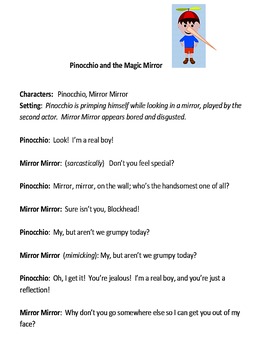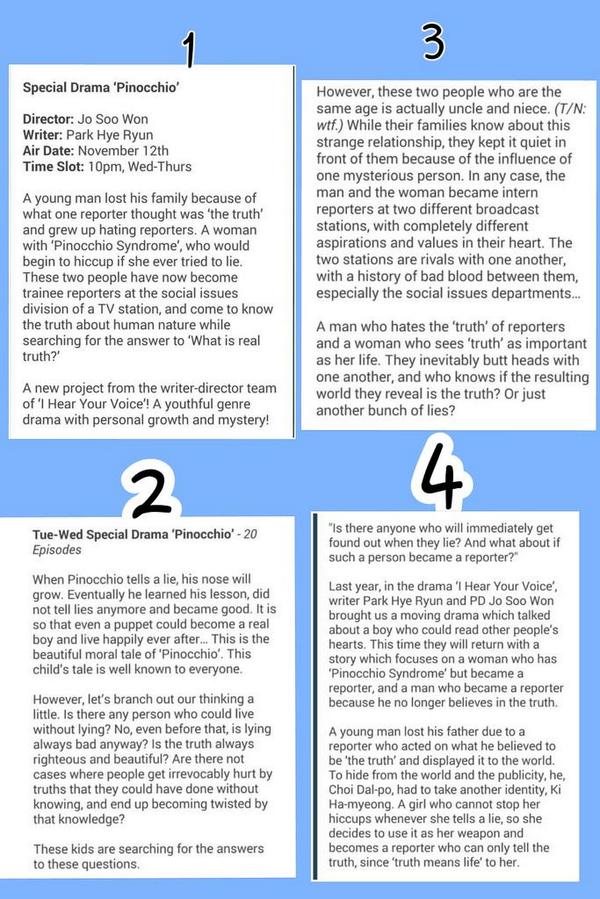
He has created a home with them and behaves like a father. He treats them as if they were part of the family.

We see it in the way he takes care of his pets: Figaro the cat and Cleo the fish. We observe in Geppetto a paternal instinct from the beginning. Pinocchio is a puppet carved by Geppetto, an honest, hard-working, good-hearted man. We could analyze each of them very deeply, but today we’ll focus on Pinocchio and some of the most relevant aspects. All three criticize various aspects of society, especially related to education.

The children in these works ask a lot of questions they are curious.They include animals with human characteristics who will play fundamental roles in the story.They have moral lessons about what is right and wrong.The protagonists are children who do not want to grow up or who have trouble reaching adulthood.If we compare the works, we see different parallels: This nod to the other works is interesting, since their animated version were made by Disney a decade later. Jiminy Cricket opens the latter, and the story begins. Pinocchio and other storiesĪt the beginning of the film, three books appear: Alice in Wonderland, Peter Pan, and Pinocchio.

#Moral values of pinocchio story update#
We’ll try to imagine what life was like, then update this beloved character. It premiered in 1940 and still is a good example of the importance of education in children. On the other hand, since the world has changed a lot since the 1940’s, it’s important to contextualize. Let’s focus on the Disney version because it is the best known, despite how different it is from the original. However, this story is about more than the lies of children. Pinocchio is the protagonist of The Adventures of Pinocchio by Carlo Collodi, and both children and adults love him in the Disney film. Although there are other adaptations in theater, film, and television, we mostly picture Pinocchio as the wooden boy whose nose grows every time he tells a lie.


 0 kommentar(er)
0 kommentar(er)
